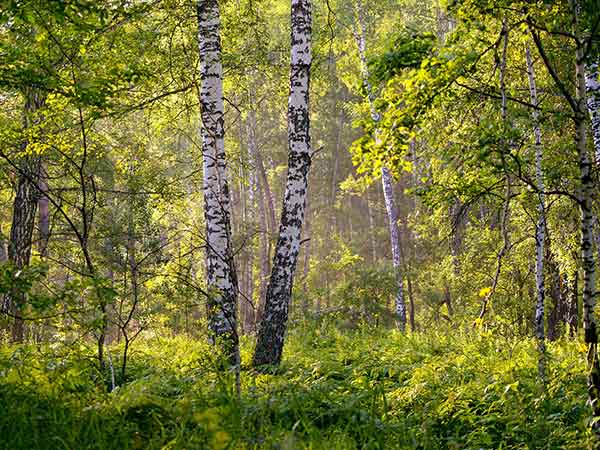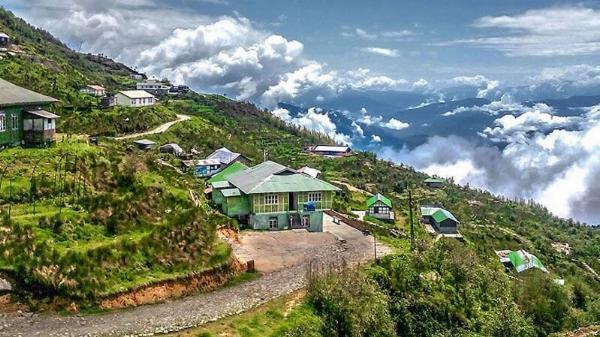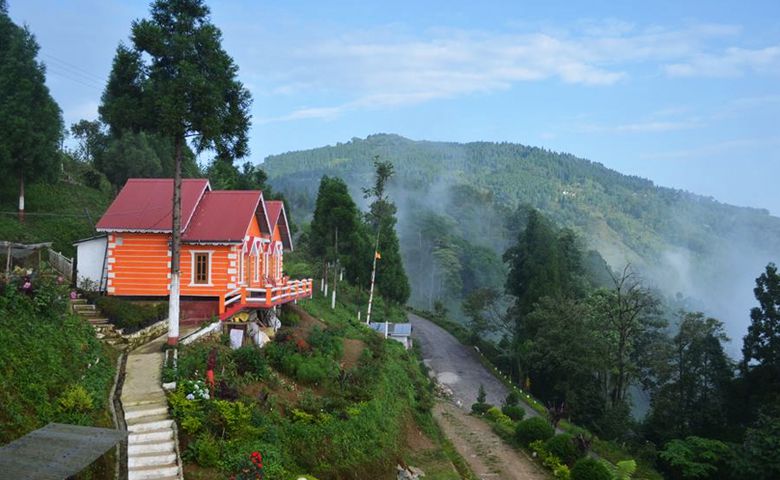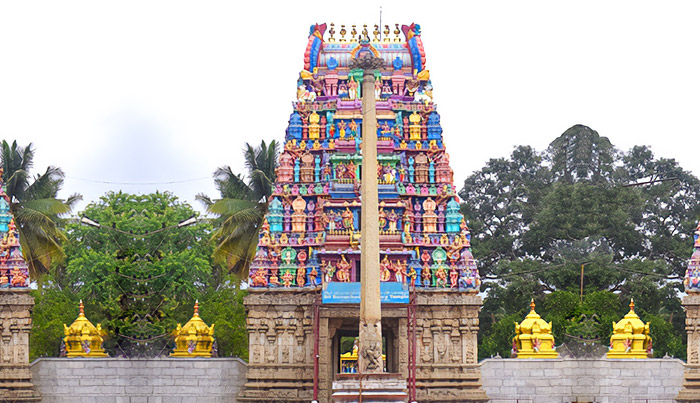Discovering Molai Forest: A Green Sanctuary in Assam

Molai Forest, located in the Majuli district of Assam, India, is an extraordinary example of nature’s resilience and the power of community-driven conservation. Spanning approximately 1,000 hectares, this lush forest is not only a vital ecological zone but also a symbol of hope and determination, showcasing how local efforts can effectively combat environmental degradation and restore biodiversity.
The Birth of Molai Forest
The story of Molai Forest begins in the early 1990s, when Jadav Payeng, a dedicated environmentalist and local resident, embarked on a remarkable journey to transform a barren sandbar into a thriving forest. After witnessing the devastating impact of deforestation and erosion in his native Majuli, Payeng took it upon himself to plant trees on the desolate land. Over the years, his tireless efforts led to the creation of what is now known as Molai Forest.
What began as a personal mission has evolved into a magnificent ecosystem that houses a diverse range of flora and fauna. Payeng’s vision has inspired countless others, highlighting the importance of individual and community action in environmental conservation.
Biodiversity of Molai Forest
Molai Forest is home to an impressive variety of plant and animal species. The forest primarily consists of indigenous trees, including neem, bamboo, and various medicinal plants, which contribute to its rich biodiversity. The lush greenery provides a habitat for numerous wildlife species, making it a crucial sanctuary for many threatened animals.
Among the forest's inhabitants are elephants, deer, wild boar, and a plethora of bird species. The presence of these animals reflects the ecological balance maintained within the forest. Birdwatchers can spot a variety of species, from migratory birds to local residents, making Molai Forest a paradise for avian enthusiasts.
The Ecological Importance of Molai Forest
Molai Forest plays a vital role in maintaining the ecological health of the region. As a green sanctuary, it contributes significantly to carbon sequestration, helping to mitigate climate change. The forest also acts as a natural barrier against soil erosion and flooding, protecting the surrounding agricultural lands and communities.
Additionally, Molai Forest has become a crucial area for research and education. The unique ecosystem attracts environmentalists, researchers, and students interested in studying biodiversity and conservation practices. It serves as a living laboratory for understanding the dynamics of forest ecosystems and the importance of sustainable practices.
Community Involvement and Conservation Efforts
The success of Molai Forest can be attributed to the active involvement of the local community. Jadav Payeng’s dedication inspired many residents to participate in the conservation efforts, fostering a sense of collective responsibility toward the environment. Community members have joined hands to protect the forest, monitor wildlife, and educate others about the significance of preserving natural resources.
Various initiatives have been launched to promote awareness and engagement. Workshops, educational programs, and tree-planting drives are regularly organized, encouraging people of all ages to contribute to the forest’s upkeep. This community-driven approach has not only strengthened the bond between locals and their environment but has also created a sense of pride in preserving their natural heritage.
Challenges Faced by Molai Forest
Despite its success story, Molai Forest faces several challenges that threaten its existence. One of the primary concerns is encroachment and deforestation, driven by agricultural expansion and infrastructure development. As the surrounding regions grow, the forest's boundaries are increasingly at risk.
Additionally, climate change poses a significant threat to the delicate ecosystem of Molai Forest. Changes in rainfall patterns, rising temperatures, and extreme weather events can disrupt the biodiversity that has taken root over the years. The community remains vigilant, implementing adaptive strategies to combat these challenges and ensure the forest's survival.
Visiting Molai Forest
For those looking to experience the beauty and tranquility of Molai Forest, visiting is an enriching experience. The forest is accessible to tourists and offers various opportunities for exploration and adventure. Nature walks, guided tours, and birdwatching excursions provide visitors with an immersive experience in this green haven.
As you stroll through the dense foliage, you’ll encounter a variety of flora and fauna, accompanied by the soothing sounds of nature. The peaceful atmosphere invites reflection and connection with the environment, making it an ideal spot for those seeking solace from the fast-paced world.
Tips for Eco-Friendly Visits
When planning a visit to Molai Forest, it’s essential to prioritize eco-friendly practices. Here are a few tips to ensure your visit is sustainable:
Respect Wildlife: Observe animals from a distance and avoid disturbing their natural habitat.
Leave No Trace: Carry out any waste you bring in and follow the principles of responsible tourism.
Support Local Communities: Engage with local guides and purchase handicrafts or products from nearby residents to support their livelihoods.
Stay on Designated Trails: Stick to marked paths to minimize your impact on the ecosystem.
The Legacy of Jadav Payeng
Jadav Payeng’s contributions to Molai Forest have garnered national and international recognition. His story has been featured in documentaries and articles, inspiring countless individuals around the globe to take action in their communities. Payeng serves as a powerful reminder that one person’s efforts can lead to monumental change, and his legacy continues to motivate others to engage in environmental stewardship.
Conclusion
Molai Forest is more than just a beautiful landscape; it is a testament to the resilience of nature and the power of community action. Through the dedicated efforts of Jadav Payeng and the local residents, this once-barren land has transformed into a thriving ecosystem that supports diverse wildlife and serves as a model for sustainable conservation practices.
Visiting Molai Forest provides an opportunity to connect with nature and witness the impact of grassroots conservation. It stands as a symbol of hope, reminding us that with determination and collective effort, we can protect and restore our environment for future generations. Whether you’re a nature lover, a birdwatcher, or someone looking for inspiration, Molai Forest offers a unique experience that will leave a lasting impression on your heart and mind.
Note: IndiBlogHub features both user-submitted and editorial content. We do not verify third-party contributions. Read our Disclaimer and Privacy Policyfor details.







